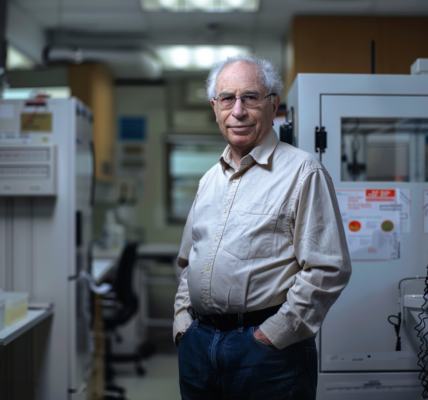Tenaya Therapeutics has made a significant breakthrough in the treatment of an inherited heart condition that can cause sudden death. New data published in Nature Communications Medicine on March 18, 2024, reveals that the company’s gene therapy for arrhythmogenic right ventricular cardiomyopathy (ARVC) has shown promising results in mice.
ARVC is a genetic condition caused by a mutation in the PKP2 gene, which leads to the inability to encode the PKP2 protein necessary for maintaining the heart’s structure and function. This condition can result in abnormal heart rhythms and sudden death, often with no prior symptoms. The disease affects about 1 in 1,000 to 1 in 5,000 people, and currently, there are no treatments for the underlying pathology.
Tenaya’s gene therapy, TN-401, aims to restore the production of the PKP2 protein by replacing its parent gene. In a series of experiments, the therapy demonstrated promising results. In the first set of experiments, adult mice were given either a control solution or a single dose of TN-401 before the PKP2 gene was knocked out. The mice that received the gene therapy did not develop arrhythmias or structural changes in their hearts, unlike the untreated mice. Additionally, the median life span of the treatment group was at least 58 weeks, significantly longer than the median 4.7 weeks of the untreated mice.
In another set of experiments, the researchers studied whether TN-401 could reverse the disease in mice that had already developed cardiac remodeling due to ARVC. Despite the challenges posed by the advanced stage of the disease in the mice, the results were promising. Four weeks after TN-401 was administered, and nine weeks after the PKP2 gene had been chemically knocked out, the scientists observed that some pathological changes were prevented.
The findings of this study provide hope for the development of a potential treatment for ARVC, a condition for which no effective therapies currently exist. Tenaya Therapeutics’ gene therapy has shown the ability to prevent the onset of the disease and slow its progression in mice, offering a promising avenue for further research and potential future treatments for humans.





